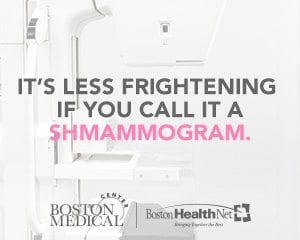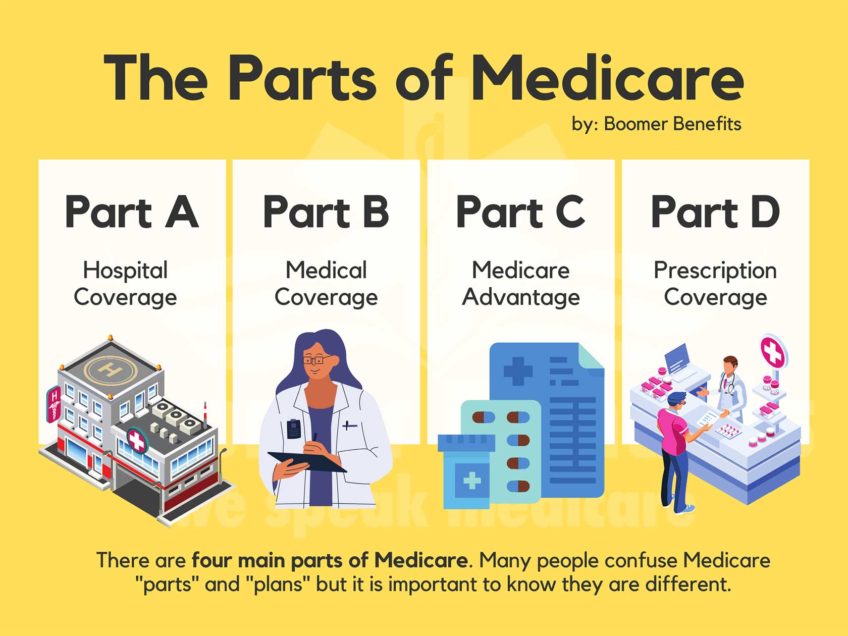40 is the new 30: Except when it comes to your breasts.
One of the most important health requirements after age 40: yearly mammograms.

Age is just a number. This is a phrase commonly heard by women once they hit the big 4-0, and it’s true. People are living longer and with the right lifestyle choices can stay just as healthy, fit, and young-looking as those who are decades younger. One of the most important health requirements after age 40: yearly mammograms.
It’s no secret that breast cancer is one of the leading causes of cancer-related deaths for women in the United States. Breast cancer death rates declined 36% from 1989 to 2012, largely as a result of screening mammography (American Cancer Society, Breast Cancer Facts & Figures 2015-2016).
If 40 is the new 30, then why do you need to start screening for breast cancer so early? Plain and simple, mammograms save lives (mammo campaign image). Age is a non-modifiable risk factor for breast cancer. Although breast cancer risk is generally very low in women under 40, the risk that a woman might develop breast cancer in 1 year rises with age. The lifetime risk of developing breast cancer is approximately 12.5% (1 out of 8 women in the US will develop breast cancer in her lifetime). The risk of death from breast cancer can be lessened if breast cancer is detected early with a mammogram.
Mammograms use a low-dose of radiation to take x-ray images of the breast to detect cancer, often even in the early stages before women experience symptoms. The earlier breast cancer is detected the better, because this is when it is most treatable. Early detection may prevent the need for extensive treatment for advanced cancers or may decrease the need for a mastectomy [surgical removal of the breast(s)]. In fact, when breast cancer is detected early and is confined to the breast only, 5-year survival is approximately 99%. This declines to only 26% if the cancer has spread to other parts of the body at the time of diagnosis.
Who else is at risk?
There are several non-modifiable and modifiable risk factors that may contribute to a woman’s risk of developing breast cancer, including:
• Your family’s breast cancer history or and inherited mutated BRCA gene
• Sedentary lifestyle
• Being overweight
• Certain hormone replacement therapies
• If you’ve had breast cancer before
• Prior treatment with radiation therapy
• Having dense breasts
Pay attention to your breasts. Any abnormal bumps should be brought to your provider’s attention. Review any risk factors for breast cancer development with your provider and when it would be appropriate to start screening with mammography. The temporary discomfort of a mammogram exam is just that, temporary. Mammograms may seem scary, but breast cancer is scarier. Book your annual mammogram today at BMC or at your neighborhood health center BMC.org/mammo.


![Banner [Virtual] Art Gallery](https://baystatebanner.com/wp-content/uploads/2024/04/Cagen-Luse_Men-at-store-e1713991226112-150x150.jpg)



